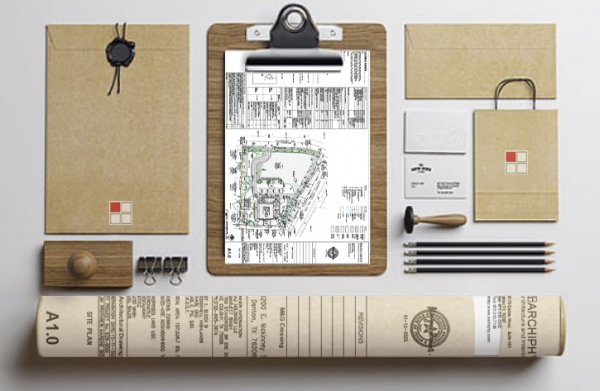 Zoning Surprises in Texas: 6 Challenges Developers Should Watch For
Zoning Surprises in Texas: 6 Challenges Developers Should Watch For
In Texas, where growth moves fast and regulations shift from city to city, zoning can make or break your commercial project before construction even begins.
Whether you’re developing a restaurant, retail center, or office space, these are the six zoning and site challenges we help clients navigate again and again — and how you can plan ahead to avoid costly delays.
1. The Use Doesn’t Match the Zoning
You’ve found the perfect lot… but it’s zoned for single-family or light industrial, not commercial. That’s a problem. Many Texas cities require a zoning change or a Specific Use Permit (SUP) for certain businesses like restaurants, drive-thrus, or clinics.
Architect’s Insight: We helped a client in Farmer’s Branch secure a SUP for a commercial renovation. It took two rounds of planning commission meetings, but by starting early and coordinating with city staff, we avoided a major delay.
2. Parking Minimums That Shrink Your Site
In Texas, parking can dominate site design. Most cities require a minimum number of spaces based on use or square footage. But in some urban zones, too much parking can be a problem due to maximums or pedestrian-focused codes.
What We Do: We run parking yield studies during the test-fit phase so your layout aligns with code, and doesn’t need to be redone later.
3. Setbacks, Easements, and Hidden Restrictions
City codes, fire lanes, landscape buffers, drainage paths, all of these affect how much of your site you can actually build on. And they vary city by city.
Case in Point: In Denton, we discovered a 25-foot utility easement cutting through a client’s site. Instead of fighting it, we redesigned the project to create a garden area separating a commercial property from a residential neighborhood and becaming a defining feature.
4. Unincorporated Land Isn’t a Free Pass
Building outside city limits? You may escape zoning, but that doesn’t mean you’re off the hook. Counties regulate things like platting, utilities, and fire codes. And if your site is in an ETJ (extraterritorial jurisdiction), the nearby city may still require plan approval.
Architect’s Advice: We helped a client outside Dallas identify early that their rural site required a major water extension. Catching that before design saved them money.
5. TxDOT Roads Come with Their Own Rules
If your project touches a state-maintained roadway, like a highway or a farm-to-market road, you’re in TxDOT’s territory. That means a separate approval process for driveways, signs, and sometimes even the building layout.
Real Example: On a Dallas project, TxDOT required a redesigned entrance, which added 60 days to the timeline. Luckily, we anticipated that from the start.
6. Zoning Changes Mid-Project
Cities update their codes. Occasionally, we sart under one zoning regulation, only to have new rules take effect later on.
Tip: Stay in close communication with your design team. We keep our eyes on upcoming ordinance changes so you don’t get blindsided.
Final Thought
Zoning isn’t just red tape, it’s part of shaping your strategy. The most successful developers bring in their architect early, so we can run site studies, review regulations, and flag potential roadblocks before you break ground.
Have a site in mind or a plan taking shape? Let’s talk zoning strategy, and build smarter from the start.
